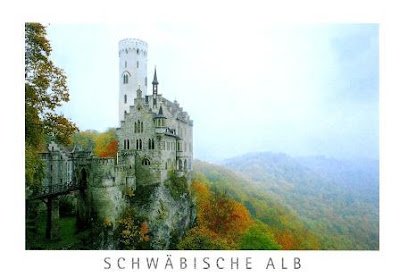Pantanal is a place that I'd like to visit in Brazil. It must be great to have the opportunity to see so many species of animals.
I don't remember who sent the 1st card but the others were sent by Luzia, to wish me good luck in my new house, and Valéria, more than 10 years ago.
Pantanal is classified as UNESCO WHS and also Biosphere Reserve.
I don't remember who sent the 1st card but the others were sent by Luzia, to wish me good luck in my new house, and Valéria, more than 10 years ago.
Pantanal is classified as UNESCO WHS and also Biosphere Reserve.
The Pantanal Conservation Area is located in western central Brazil, in the extreme south-west of the Mato Grosso e Mato Grosso do Sul State and the international border with Bolivia and Paraguay.
Foto: Johannes Compaan
The transition between the seasonally flooded areas and the mountains is abrupt. This ecological gradient is unique to the whole Pantanal region and offers a dramatic landscape. Located between the river basins of Cuiabá and Paraguay, the site plays a key role in the spreading of nutritive materials during flooding as well as in the maintenance of fish stocks in the Pantanal. 

Although the property only covers a small part of the Pantanal (one of the largest wetlands of the world, covering around 14,000,000 ha), it is representative and of sufficient size to ensure the continuity of ecological processes. It also protects numerous threatened species, such as the giant armadillo, giant anteater, giant otter, marsh deer and the hyacinth macaw, the largest species of parrot. The jaguar population in the property is probably the biggest in the entire Pantanal region. The number of aquatic plant species found there is also remarkable. - in: https://whc.unesco.org/en/list/999/








.jpg)

















